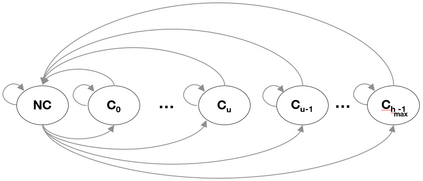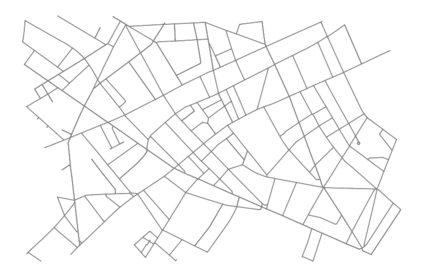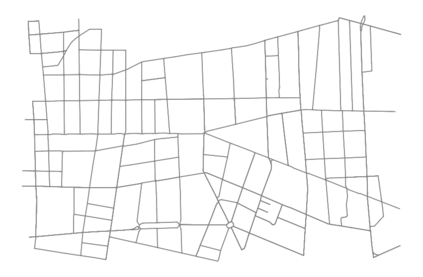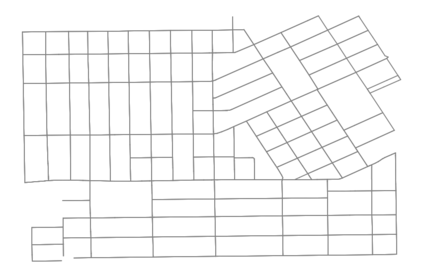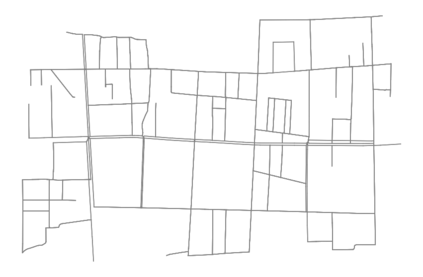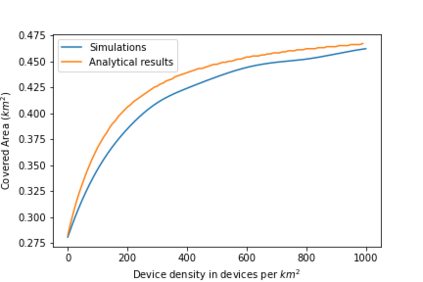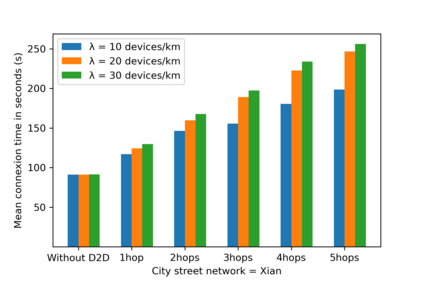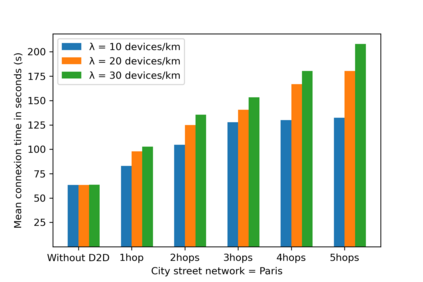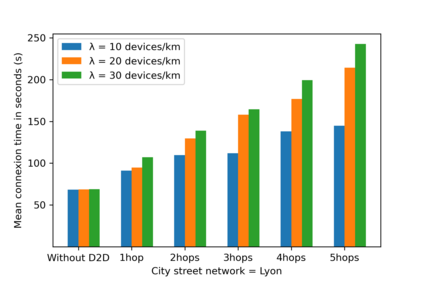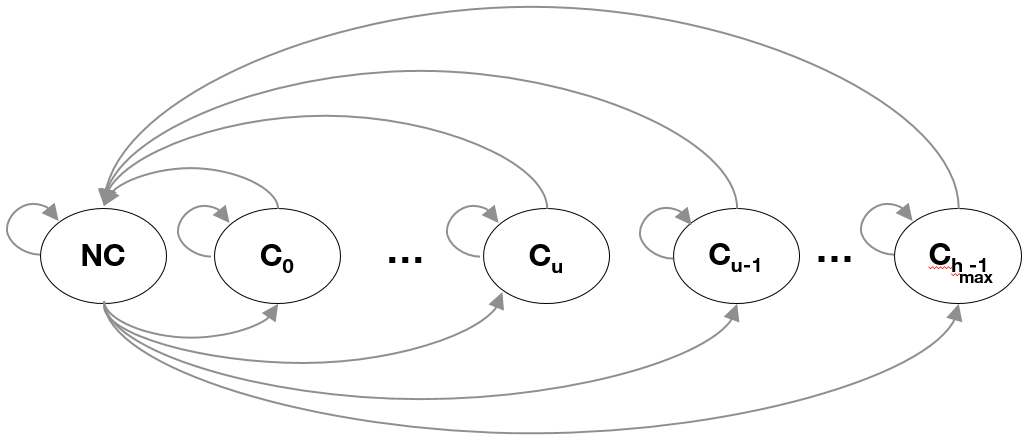Device-to-device (D2D) communications is one of the key emerging technologies for the fifth generation (5G) networks and beyond. It enables direct communication between mobile users and thereby extends coverage for devices lacking direct access to the cellular infrastructure and hence enhances network capacity. D2D networks are complex, highly dynamic and will be strongly augmented by intelligence for decision making at both the edge and core of the network, which makes them particularly difficult to predict and analyze. Conventionally, D2D systems are evaluated, investigated and analyzed using analytical and probabilistic models (e.g., from stochastic geometry). However, applying classical simulation and analytical tools to such a complex system is often hard to track and inaccurate. In this paper, we present a modeling and simulation framework from the perspective of complex-systems science and exhibit an agent-based model for the simulation of D2D coverage extensions. We also present a theoretical study to benchmark our proposed approach for a basic scenario that is less complicated to model mathematically. Our simulation results show that we are indeed able to predict coverage extensions for multi-hop scenarios and quantify the effects of street-system characteristics and pedestrian mobility on the connection time of devices to the base station (BS). To our knowledge, this is the first study that applies agent-based simulations for coverage extensions in D2D.
翻译:设备到设备(D2D)通信是第五代(5G)网络内外的关键新兴技术之一,它使移动用户之间能够直接通信,从而扩大无法直接进入蜂窝基础设施的装置的覆盖范围,从而增强网络能力。D2D网络是复杂、动态性很强的,并将通过网络边缘和核心的决策情报得到有力增强,这使得它们特别难以预测和分析。在公约方面,D2D系统利用分析和概率模型(例如,从随机几何方法)进行评估、调查和分析。然而,将古典模拟和分析工具应用于这样一个复杂的系统往往难以追踪和不准确。在本文件中,我们从复杂系统科学的角度介绍一个建模和模拟框架,并展示一个用于模拟D2D覆盖扩展的代理模型。我们还进行了一项理论研究,以根据我们的拟议方法确定一个基本假设方案的基准,该模型不那么复杂。我们的模拟结果表明,我们确实能够预测多视假设情景的覆盖范围扩展,并量化这种复杂系统的模拟工具的影响。在本文件中,D系统特征和行人际移动性模型中应用了BS2号数据库中的第一个模型设备。
相关内容
- Today (iOS and OS X): widgets for the Today view of Notification Center
- Share (iOS and OS X): post content to web services or share content with others
- Actions (iOS and OS X): app extensions to view or manipulate inside another app
- Photo Editing (iOS): edit a photo or video in Apple's Photos app with extensions from a third-party apps
- Finder Sync (OS X): remote file storage in the Finder with support for Finder content annotation
- Storage Provider (iOS): an interface between files inside an app and other apps on a user's device
- Custom Keyboard (iOS): system-wide alternative keyboards
Source: iOS 8 Extensions: Apple’s Plan for a Powerful App Ecosystem

